Wearable buying guide 2024: How to choose the right smartwatch for your need
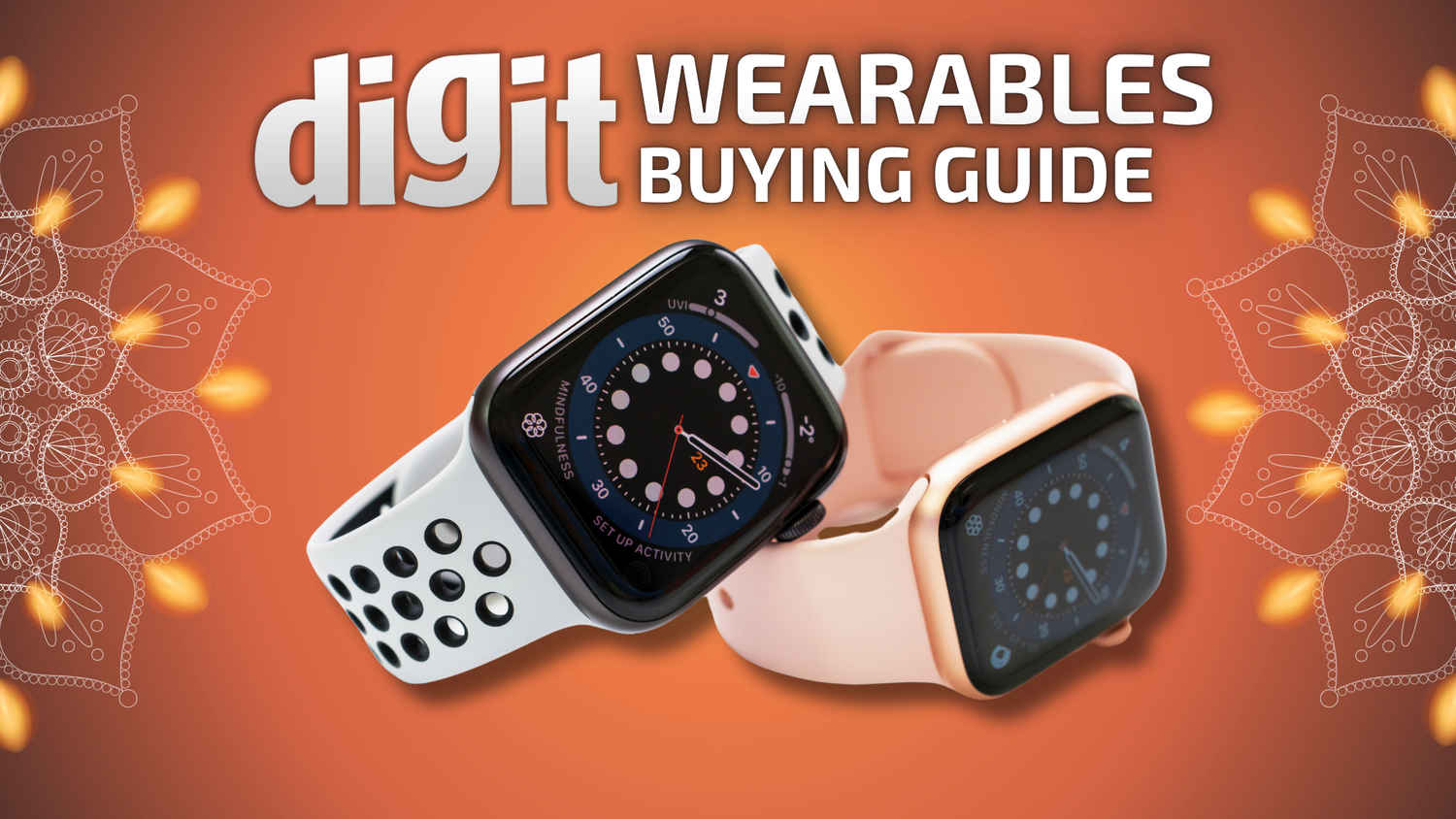
Wearables have become essential tools for fitness tracking, notifications, and even health monitoring. Whether you’re looking for a smartwatch or a smart band, this guide will walk you through the key factors to consider, including form factor, build and design, sensors, features, performance, connectivity, display, controls, strap customizability, ratings and certifications.
What are wearables?
Wearables, like smartwatches and smartbands, are electronic devices designed to be worn on the body, offering a blend of convenience and technology. Smartwatches resemble traditional watches but come equipped with features like fitness tracking, heart rate monitoring, sleep analysis, GPS, notifications, and even apps for calls, music, and more. They often serve as extensions of smartphones, providing quick access to important information.
Smartbands, on the other hand, are typically simpler, focusing on health and fitness tracking. They monitor activities like steps, calories burned, heart rate, and sleep patterns. While less feature-packed than smartwatches, they’re often more affordable and battery-efficient.
Both wearables aim to enhance daily life by offering insights into physical health, simplifying tasks like checking notifications, and sometimes enabling contactless payments, making them valuable tools for fitness enthusiasts and tech-savvy users alike.
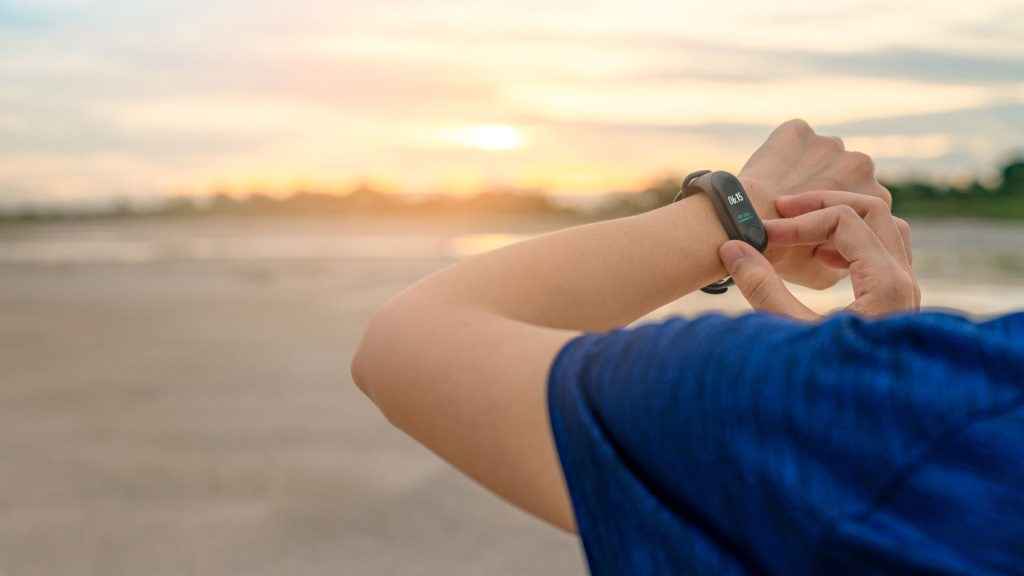
What is the difference between smartwatches and smart bands?
Smartwatches
Smartwatches are versatile wearables that offer extensive functionality, ranging from fitness tracking to handling notifications, GPS, and more. They are generally larger, with a screen size that allows for easy interaction, viewing messages, and other notifications. Smartwatches often come with more advanced features such as voice control, contactless payments, and downloadable apps. Due to their larger form factor, they offer bigger batteries and are typically more suitable for those who want a blend of lifestyle and fitness features.
Smartbands
Smartbands, also known as fitness bands, are smaller and lighter than smartwatches, focusing mainly on fitness tracking features like step counting, heart rate monitoring, and sleep tracking. They are generally more compact, with a slimmer profile and a smaller screen, making them less obtrusive and more comfortable for continuous wear. Smartbands are ideal for users who prioritize fitness tracking over other smartwatch features, offering a more minimalist approach to wearable tech.
Key features to look for and considerations when buying a smartwatch
Build and Design
Materials
The materials used in the construction of wearables are crucial for both durability and comfort. High-end smartwatches often use stainless steel, aluminium, or titanium for the casing, providing a premium feel and better durability. Cheaper models might use plastic or resin, which are lighter but may not be as durable. The screen is typically made of glass or sapphire crystal in higher-end models, offering better scratch resistance. Smartbands are generally made from lightweight materials like silicone or plastic, focusing on comfort during activities.
Water Resistance
Water resistance is a key feature to consider, especially if you plan to wear your device while swimming, showering, or during other water-related activities. Look for water resistance ratings like IP68 or ATM ratings (5ATM, 10ATM, etc.), which indicate the level of protection against water and dust. Higher ratings allow for more extensive water exposure, such as swimming in a pool or the ocean.
Comfort and Ergonomics
A wearable’s comfort is critical for all-day use. Smartwatches with larger, bulkier designs might feel heavy on the wrist, while slimmer models or smartbands may offer a more comfortable fit, especially during sleep or intense physical activity. Adjustable straps and lightweight materials contribute to overall comfort, making it easier to wear the device continuously.
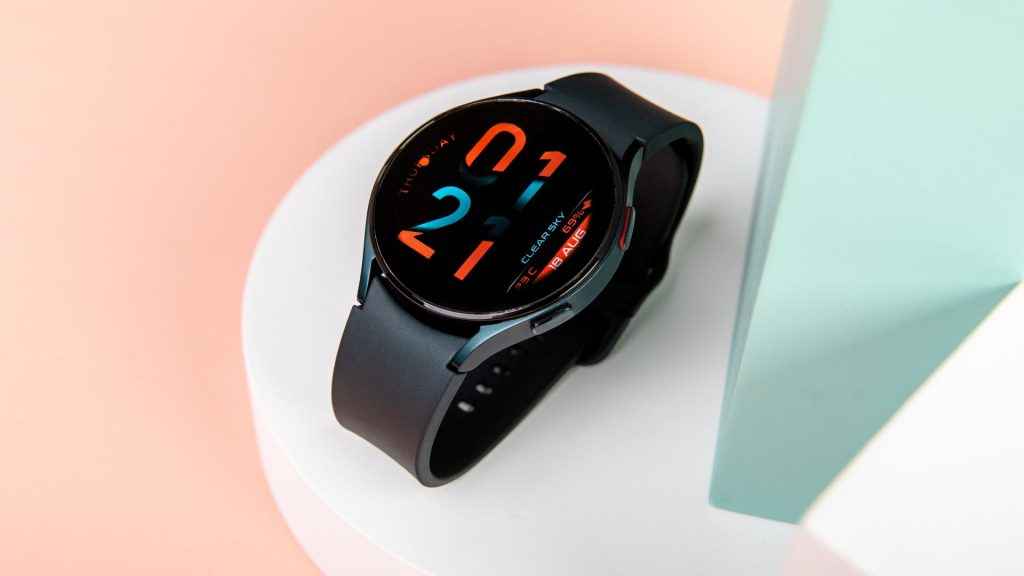
Sensors: Function and Accuracy
Heart Rate Monitor
Most wearables come equipped with a heart rate monitor, which uses optical sensors to measure your pulse. The accuracy of these sensors can vary between devices, so it’s important to look for wearables with reliable heart rate tracking, especially if you plan to use it for workouts or health monitoring. Advanced smartwatches might also include ECG (Electrocardiogram) sensors for more detailed heart health analysis.
GPS
For those who run, cycle, or hike, built-in GPS is essential for tracking distance, speed, and routes without needing to carry a smartphone. Some wearables offer connected GPS, where the device relies on your smartphone’s GPS, while others have standalone GPS. Accuracy and the speed of GPS signal acquisition are critical, especially for outdoor activities.
SpO2 and VO2 Max
SpO2 sensors measure blood oxygen levels, providing insights into your respiratory health and how well your body is absorbing oxygen. This is particularly useful at high altitudes or for people with certain health conditions. VO2 Max, on the other hand, measures the maximum amount of oxygen your body can use during intense exercise, offering a good indicator of cardiovascular fitness. Both of these sensors are becoming more common in premium smartwatches and can be valuable for serious athletes.
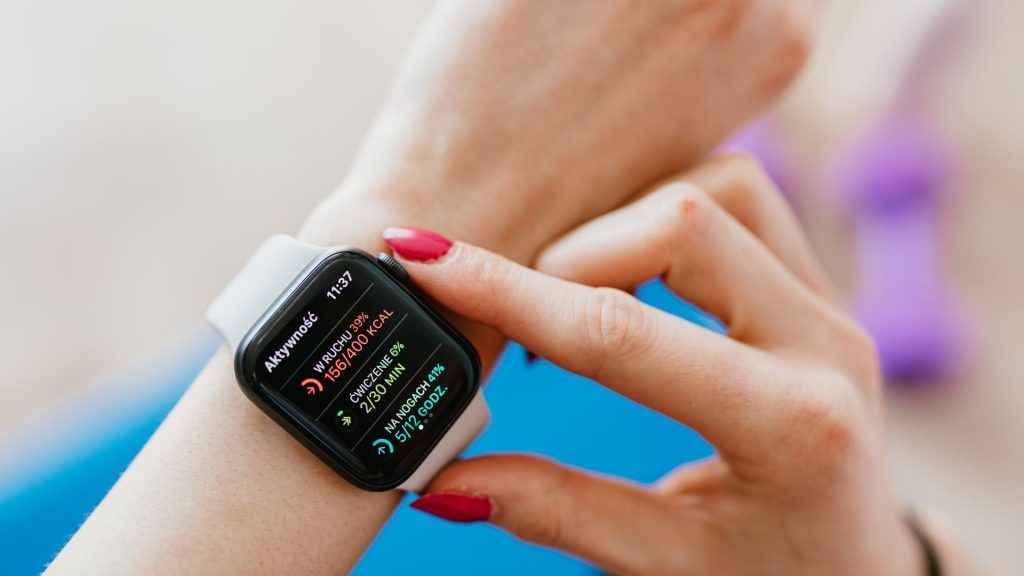
Sleep Tracking
Sleep tracking sensors monitor your sleep stages (light, deep, REM) and provide insights into the quality of your rest. Accuracy can vary, so it’s important to choose a device with proven sleep tracking capabilities. Some advanced smartwatches also track sleep breathing patterns and can detect issues like sleep apnea.
Features
Fitness Tracking
The core function of most wearables is fitness tracking. This includes counting steps, calories burned, distance traveled, and activity minutes. Look for wearables that offer advanced metrics, such as VO2 Max, recovery time, and training load, if you’re a serious athlete. Some devices also offer guided workouts and coaching, helping you improve your fitness over time.
Smart Notifications
One of the key features of smartwatches is the ability to receive notifications from your smartphone directly on your wrist. This includes calls, texts, emails, and app notifications. The ability to customize which notifications you receive and how they are displayed can greatly enhance the user experience. Some smartwatches even allow you to respond to messages or take calls directly from the watch.
Health Monitoring
Beyond fitness, many wearables now offer advanced health monitoring features. This includes ECG for heart rhythm analysis, SpO2 for blood oxygen monitoring, stress tracking, and even temperature monitoring. These features can be valuable for users who want to keep a closer eye on their health or manage specific health conditions.

Battery Life
Battery life varies widely between smartwatches and smartbands. Smartwatches with large, bright screens and advanced features like GPS or LTE often need daily charging, while more basic smartbands can last a week or more on a single charge. Always check the expected battery life under typical usage scenarios to ensure it meets your needs.
Performance
Processing Speed
The performance of a wearable is largely determined by its processor and software optimization. Faster processors result in smoother animations, quicker app launches, and more responsive interactions. This is especially important for smartwatches with advanced features or those that support third-party apps. Ensure the device has enough processing power to handle your daily tasks without lag.
Software and Updates
The operating system and software play a crucial role in the overall user experience. Look for wearables that receive regular software updates, which can add new features, improve existing ones, and enhance security. Compatibility with your smartphone’s operating system (iOS, Android) is also important to consider.
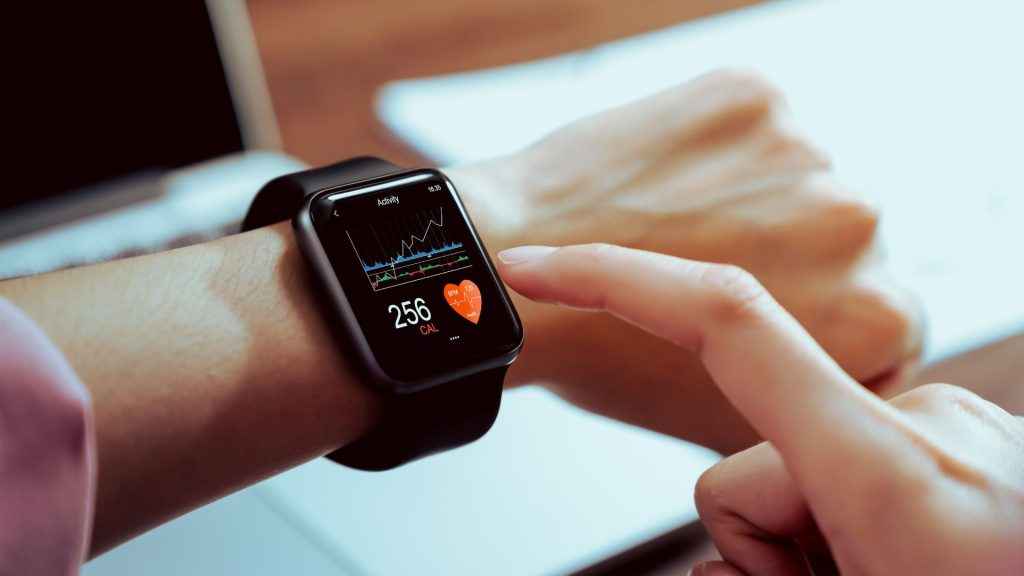
Battery Efficiency
Efficient power management is critical, especially for smartwatches with power-hungry features like GPS, continuous heart rate monitoring, and bright displays. Some wearables offer power-saving modes that limit functionality to extend battery life, which can be useful in certain situations.
Connectivity
Bluetooth and Wi-Fi
Bluetooth is essential for syncing your wearable with your smartphone, while Wi-Fi allows for faster data transfers and downloading updates without needing to connect to your phone. Some smartwatches also include LTE connectivity, allowing them to function independently of your smartphone for calls, texts, and streaming.
NFC and Payments
NFC (Near Field Communication) allows for contactless payments directly from your wearable, a feature increasingly popular for its convenience. Check whether the wearable supports payment services like Apple Pay, Google Pay, or Samsung Pay, and whether it’s compatible with your bank.
App Ecosystem
The availability of apps can greatly expand the functionality of your wearable. Smartwatches typically offer a broader range of apps, from fitness and health to productivity and entertainment. Ensure the wearable you choose supports the apps that are important to you.
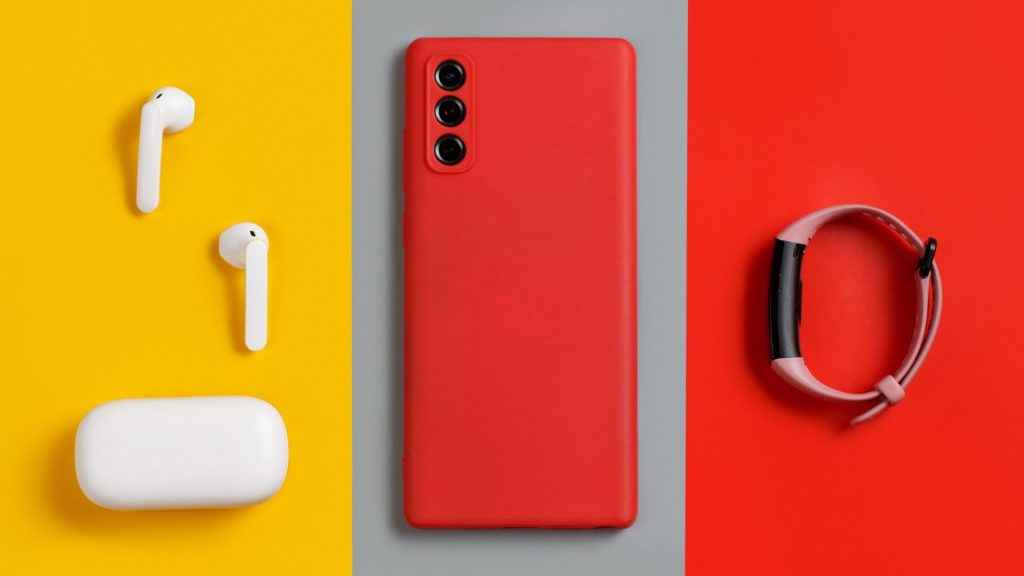
Display
Screen Type
The type of display on a wearable affects its visibility, battery life, and overall user experience. OLED and AMOLED screens offer vibrant colors and deep blacks, making them ideal for smartwatches. These screens also allow for always-on displays with minimal battery drain. Smartbands usually have smaller, simpler displays that are optimized for low power consumption.
Touchscreen vs. Buttons
Most modern wearables feature touchscreens, making them intuitive and easy to navigate. However, touchscreens can be difficult to use when wet or with gloves. Some wearables combine touchscreens with physical buttons or rotating bezels, providing alternative ways to interact with the device.
Brightness and Visibility
A display’s brightness and visibility in direct sunlight are important for outdoor use. Look for wearables with adjustable brightness settings or ambient light sensors that automatically adjust the screen brightness based on your environment.
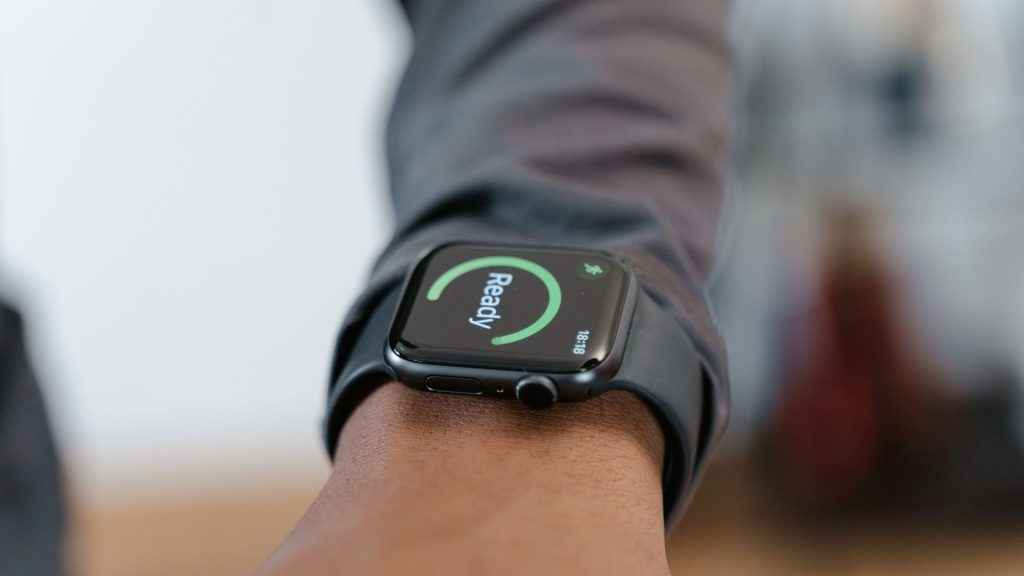
Controls
Touch Controls
Touch controls are the most common on modern wearables, offering an intuitive way to navigate through menus and apps. However, the responsiveness and ease of use can vary. Make sure the touch controls are responsive and easy to use, even during physical activity or in wet conditions.
Physical Buttons
Physical buttons provide tactile feedback and can be more reliable in certain situations, such as during workouts or when wearing gloves. Some wearables also offer a combination of buttons and touch controls, providing flexibility depending on your preference and the situation.
Voice Control
Many smartwatches now feature voice control, allowing you to perform tasks like setting reminders, sending messages, or controlling smart home devices with simple voice commands. This can be particularly useful when your hands are occupied or when you need to interact with your device quickly.
Strap Customisability
Interchangeable Straps
Interchangeable straps allow you to customize the look of your wearable and switch between different styles or materials for different occasions. This is especially popular with smartwatches, where you can switch between sporty silicone straps, leather, metal, or fabric to suit your outfit or activity.
Material Options
Straps come in a variety of materials, each with its own benefits. Silicone straps are durable and water-resistant, making them ideal for fitness. Leather straps offer a more premium look, suitable for formal settings, while metal and fabric straps provide additional style options. Choose a material that suits your lifestyle and the primary use of your wearable.
Sizing and Fit
Ensuring that the strap fits comfortably is essential for accurate sensor readings and overall comfort. Most wearables come with adjustable straps, but it’s important to check the range of adjustment to ensure a snug fit, especially if you have smaller or larger wrists.
Certifications and Ratings
When selecting a smartwatch, it’s essential to consider various certifications and ratings that indicate the device’s durability, safety, and overall performance. These certifications and ratings ensure that your smartwatch meets industry standards for protection against environmental factors, durability under stress, and safety for everyday use. Below is a detailed guide on the key certifications and ratings to look for when choosing a smartwatch.
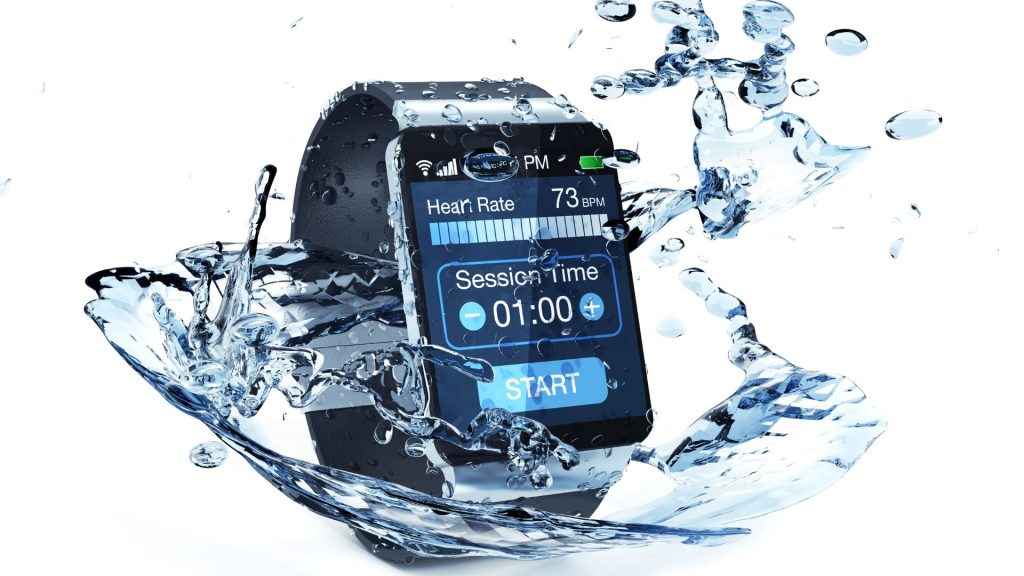
Water Resistance
Water resistance is a critical feature for smartwatches, especially if you plan to wear your device during activities like swimming, showering, or running in the rain. Water resistance is typically measured using either IP (Ingress Protection) ratings or ATM (atmosphere) ratings.
IP Ratings (Ingress Protection)
- IP67: An IP67 rating means the smartwatch is dust-tight, offering complete protection against dust ingress. It can also withstand immersion in water up to 1 meter for 30 minutes. This rating is suitable for occasional splashes or brief submersion.
- IP68: This rating provides enhanced protection, allowing the device to be submerged in water deeper than 1 meter, often up to 1.5 meters, for 30 minutes or more. IP68-rated smartwatches are better suited for swimming and other water-based activities.
ATM Ratings (Atmospheres)
- 3ATM: A 3ATM rating indicates that the smartwatch is resistant to splashes, rain, and brief immersion in water but is not suitable for swimming.
- 5ATM: A smartwatch with a 5ATM rating can withstand water pressure equivalent to 50 meters, making it safe for swimming in shallow waters but not for high-impact water sports.
- 10ATM: This rating means the smartwatch can handle water pressure at depths up to 100 meters, making it suitable for activities like snorkelling and high-impact water sports. However, it is not designed for deep-sea diving.
Durability Standards
Durability is a key consideration for those who intend to use their smartwatch in challenging environments. Durability standards like the MIL-STD-810G certification provide assurances that the device can withstand various physical stresses.
- MIL-STD-810G Certification
- This U.S. military standard involves rigorous testing to ensure the smartwatch can endure extreme conditions. Tests include resistance to shock, vibration, and extreme temperatures (both hot and cold), as well as humidity, dust, and sand. Smartwatches that meet MIL-STD-810G certification are built to survive in harsh environments, making them ideal for outdoor enthusiasts, military personnel, and those who work in physically demanding conditions.
Safety Certifications
Safety certifications ensure that the smartwatch is safe for everyday use, particularly in terms of electronic emissions and the materials used in its construction. These certifications are crucial for ensuring that your device does not pose any health risks.
- FCC Certification
- In the United States, the Federal Communications Commission (FCC) certification is mandatory for all electronic devices that emit radio frequencies. This certification confirms that the smartwatch complies with U.S. regulations regarding electromagnetic interference, ensuring it won’t interfere with other electronic devices and is safe to use.
- CE Marking
- The CE (Conformité Européenne) mark is a certification required for products sold within the European Economic Area (EEA). This mark indicates that the smartwatch meets the EEA’s health, safety, and environmental protection standards. It covers aspects like electrical safety, electromagnetic compatibility, and environmental protection.
- RoHS Compliance
- The RoHS (Restriction of Hazardous Substances) directive ensures that the smartwatch is free from hazardous materials such as lead, mercury, cadmium, and certain flame retardants. This compliance is crucial for both user safety and environmental sustainability, reducing the risk of exposure to toxic substances and making recycling easier.
Battery Safety Certifications
The safety of the smartwatch’s battery is paramount, particularly given the risks associated with lithium-ion batteries, which are commonly used in wearables. Proper certifications ensure that the battery is safe to use and unlikely to overheat, leak, or cause other issues.
UL Certification
Underwriters Laboratories (UL) certification is a widely recognized standard for battery safety. A UL-certified smartwatch has undergone rigorous testing to assess its resistance to overcharging, short-circuiting, overheating, and other potential hazards. This certification gives you confidence that the smartwatch’s battery will perform safely under normal and extreme conditions.
Environmental Ratings
For environmentally conscious consumers, it’s important to consider the environmental impact of your smartwatch, both during its production and throughout its lifecycle. Environmental certifications ensure that manufacturers adhere to sustainable practices.
ISO 14001 Certification
ISO 14001 is an international standard for environmental management systems (EMS). Smartwatch manufacturers with ISO 14001 certification are committed to reducing their environmental impact, including efficient use of resources, waste reduction, and ensuring that their products are environmentally friendly throughout their lifecycle—from production to disposal. This certification reflects a commitment to sustainability and responsible manufacturing.
Team Digit
Team Digit is made up of some of the most experienced and geekiest technology editors in India! View Full Profile




